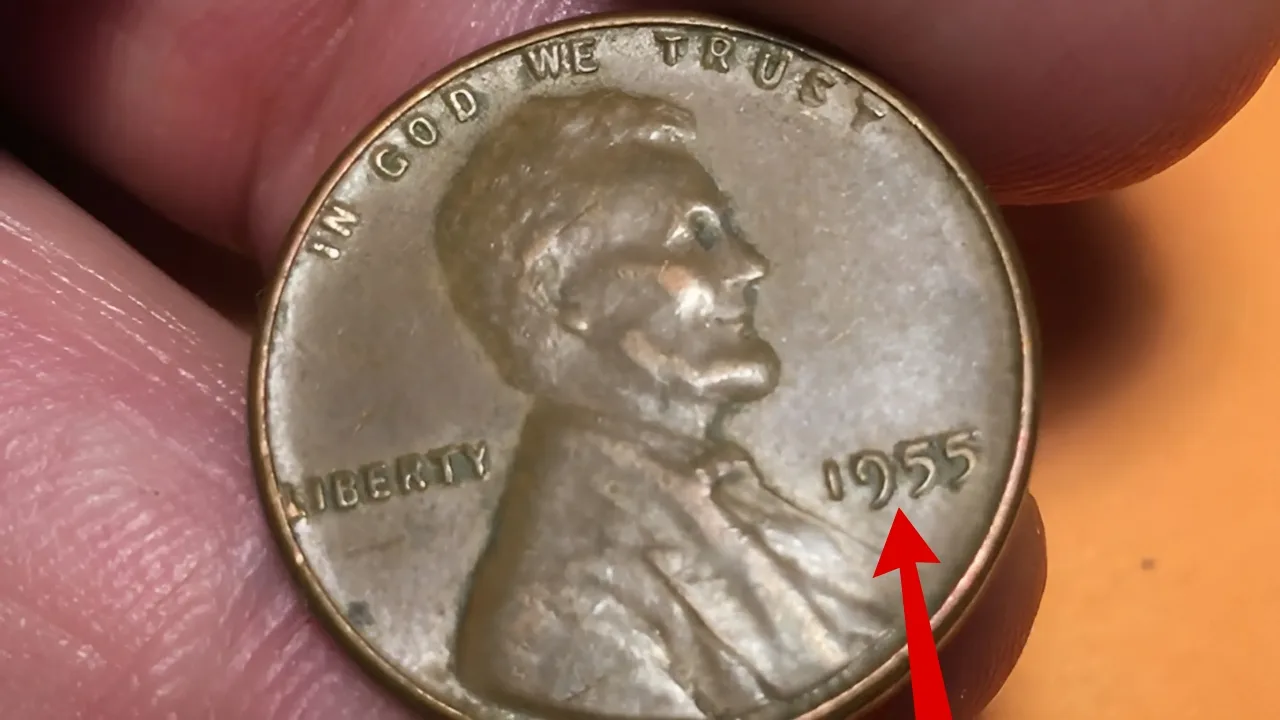Have you ever tossed a penny into a jar without a second thought? What if I told you that some of those overlooked coins could be worth a jaw-dropping $96 million each? Yes, you read that right! In the fascinating world of numismatics (that’s coin collecting for us regular folks), certain rare pennies hold value that could turn your loose change into a life-changing fortune. Let’s dive into the top 10 rare pennies that collectors dream about, why they’re so valuable, and how you can check if you’ve got a hidden treasure stashed away.
Why Are Some Pennies Worth Millions?
Before we get to the list, let’s unpack what makes a penny worth more than its one-cent face value. Rarity, historical significance, minting errors, and condition all play a role. Imagine a coin accidentally made with the wrong metal during a war or one with a design flaw so unique only a handful exist. These quirks turn ordinary pennies into collector’s gold. According to the Professional Coin Grading Service (PCGS), some of these coins have fetched millions at auctions, proving that small change can mean big money.
The Top 10 Rare Pennies You Need to Know About
Ready to hunt for treasure? Here are 10 rare pennies that could be worth $96 million each, based on their rarity and past auction records. Grab a magnifying glass and let’s explore!
1943-D Lincoln Bronze Penny
During World War II, pennies were made of steel to save copper for the war effort. But a tiny mistake at the Denver Mint led to one bronze penny slipping through. Only one is known to exist, and it sold for $1.7 million in 2010. Experts estimate its value today could soar to $96 million in pristine condition. Check your 1943 pennies—does it stick to a magnet? If not, you might be holding a winner!
1793 Strawberry Leaf Cent
Minted in the first year of U.S. coin production, this penny features a rare four-leaf strawberry design instead of the usual three. With only four known examples, one fetched $862,500 in 2009. Its historical charm and scarcity could push its value to $96 million today. Look for “1793” and a funky strawberry plant on the reverse.
1944-S Steel Penny
In 1944, pennies switched back to copper, but a few steel planchets lingered at the San Francisco Mint. Just two are confirmed to exist, and they’re valued at over $1 million each in circulated condition. In mint state? Think $96 million. Check your 1944-S pennies—if it’s silver-colored, not copper, you’ve struck gold!
1958 Double Die Lincoln Penny
This beauty has a dramatic doubling of Lincoln’s face, making it look like he’s got a shadow. Only three are known, and one recently sold for nearly $10 million. Its rarity and eye-catching error could justify a $96 million price tag. Look for blurry details on a 1958 penny—it’s a telltale sign.
1909 VDB Matte Proof Lincoln Penny
When the Lincoln penny debuted, designer Victor D. Brenner’s initials (VDB) caused a stir, leading to a limited run of matte proofs. Only four exist, and one sold for $10.2 million in 2023. In top condition, it’s a $96 million contender. Check for a sharp “VDB” on the reverse of a 1909 penny.
1969-S Double Die Penny
This San Francisco-minted gem shows bold doubling on the date and “LIBERTY.” Fewer than 100 exist, and one sold for $1.7 million. Its scarcity and striking error make it a $96 million possibility. Look closely at your 1969-S pennies—doubling is visible to the naked eye.
1872 Indian Head Penny (San Francisco Mint)
Despite a decent mintage, only a few survive in pristine condition. One sold for $10.5 million, and its mysterious scarcity could push it to $96 million. Check for an “S” mintmark and a Native American headdress on an 1872 penny.
1983 Copper Penny
In 1983, pennies switched to zinc with a copper coating, but a few full-copper ones slipped out. Weighing 3.11 grams (versus 2.5 grams for zinc), they’re worth thousands—or $96 million if mint-state rare. Grab a scale and check your 1983 pennies!
1999 Wide AM Penny
A proof die error left a wide gap between “A” and “M” in “AMERICA” on this penny. Valued at $1,000 to $5,000 typically, a perfect specimen could hit $96 million due to its uniqueness. Inspect the reverse of your 1999 pennies closely.
1856 Flying Eagle Cent
This transitional penny, with under 1,000 minted, marked the shift to smaller cents. One in top condition could fetch $96 million today. Look for an eagle in flight on an 1856 coin—it’s a rare bird!
Real-Life Treasure Stories
Think this is all hype? In 2019, a Massachusetts man found a 1943 bronze penny in his school cafeteria change as a teen. Decades later, it sold for $204,000 at auction. Another collector stumbled upon a 1969-S double die in a roll of pennies, turning a $0.01 find into a $1.7 million payday. These stories prove rare pennies are out there, waiting to be discovered.
How to Check Your Pennies
Got a jar of coins? Here’s how to spot a potential $96 million penny:
- Date and Mintmark: Look for the years and mintmarks (like “D” or “S”) listed above.
- Condition: Uncirculated coins fetch the most. No scratches or wear? That’s a good sign.
- Errors: Double-check for doubling, odd metals, or unique designs.
- Expert Help: Take suspects to a coin dealer or grading service like PCGS or NGC for authentication.
Why These Pennies Could Hit $96 Million
While $96 million per penny might sound wild, it’s not impossible. The 1943-D bronze penny’s $1.7 million sale in 2010 has grown in value with inflation and demand. Coins like the 1793 Strawberry Leaf or 1958 Double Die, with fewer than five examples, drive collectors wild. Combine rarity, pristine condition, and a hot auction, and $96 million becomes plausible, says numismatic expert David Stone of Heritage Auctions.
Start Your Treasure Hunt Today
Next time you’re sifting through change, don’t dismiss those pennies. One could be a rare gem worth millions—maybe even $96 million. It’s like a lottery ticket you already own! So, dig into your piggy bank, check your couch cushions, and let the hunt begin. Who knows? Your hidden treasure might be closer than you think.





